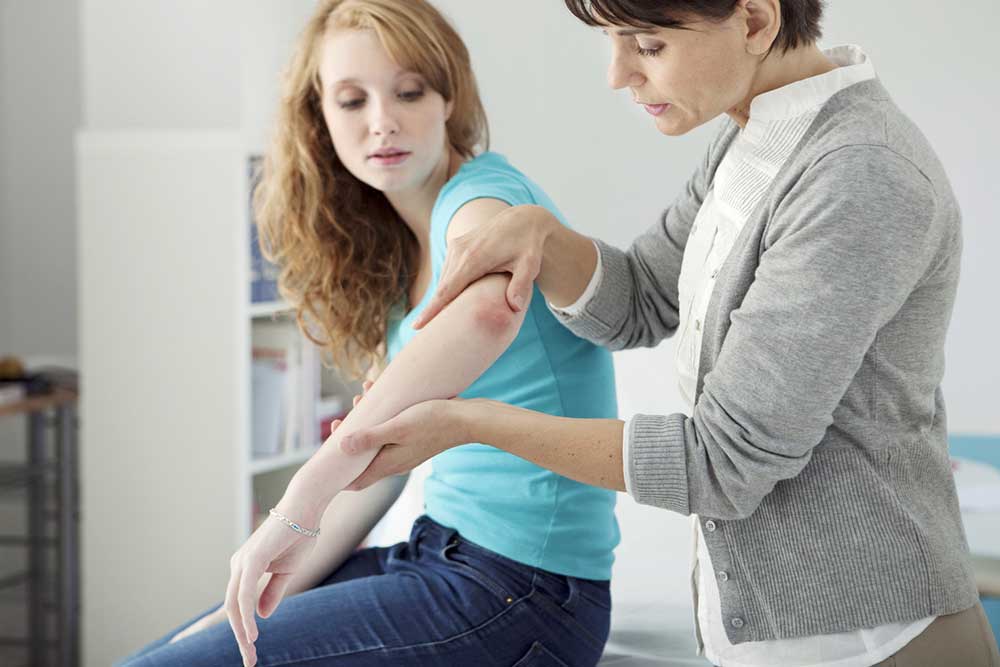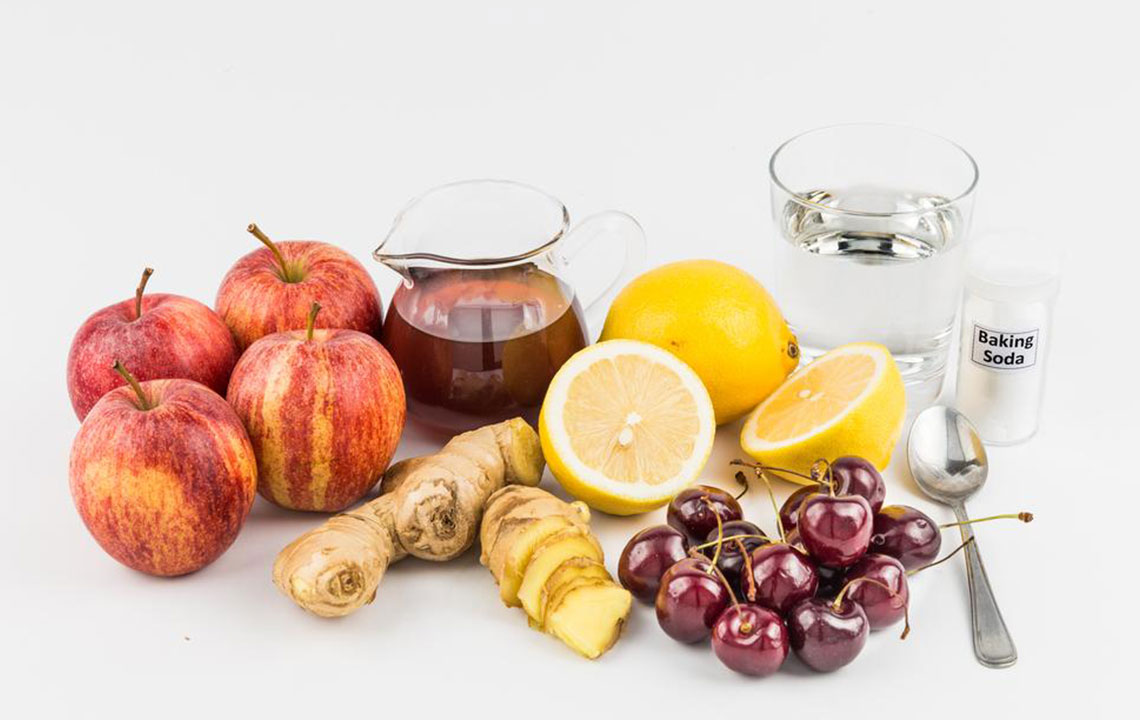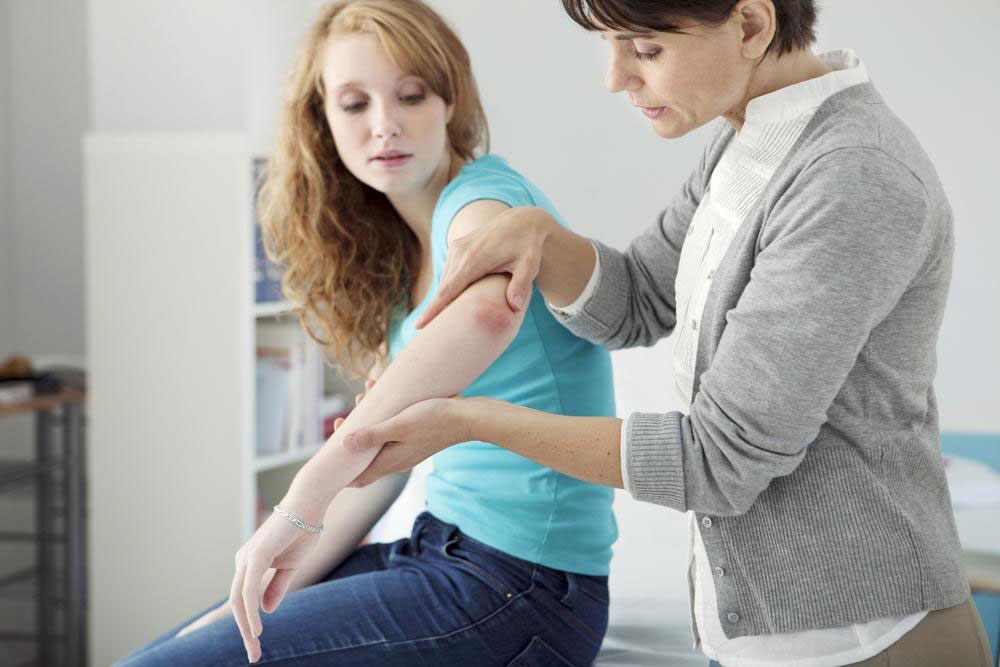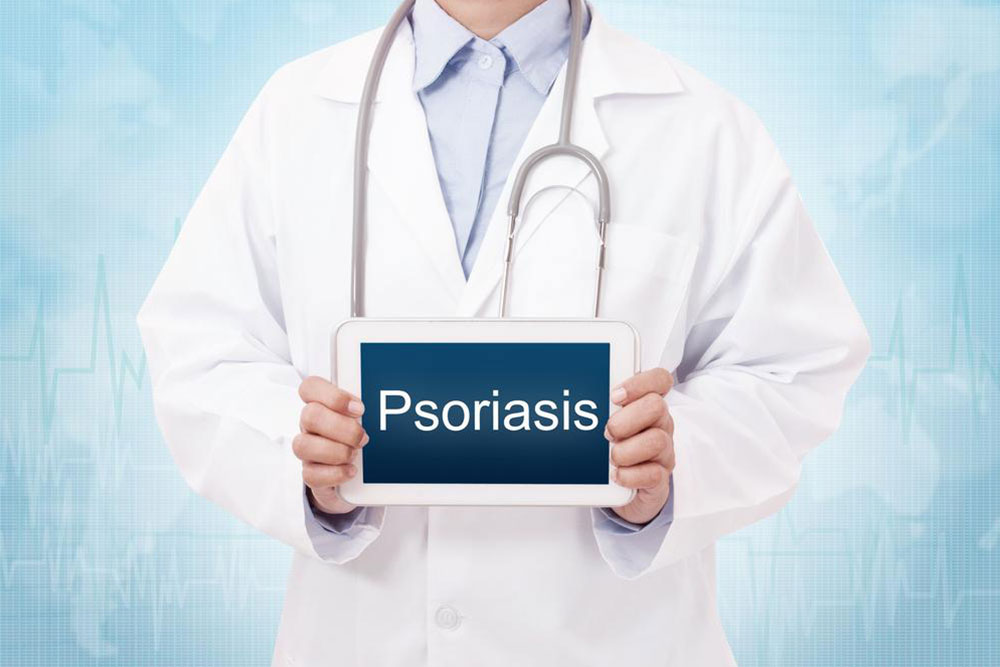The Ultimate Guide to Plaque Psoriasis: Types, Symptoms, and Effective Treatments
This comprehensive guide explores the various types of plaque psoriasis, including nail, guttate, inverse, pustular, and erythrodermic forms. It discusses their causes, symptoms, and tailored treatment options such as topical therapies, phototherapy, and systemic medications. Understanding these differences aids in effective disease management and improves patient quality of life. Suitable for those seeking detailed insights into psoriasis management, this article provides in-depth information for clinicians and patients alike.

Comprehensive Insights into Plaque Psoriasis: Varieties, Symptoms, and Treatment Strategies
Plaque psoriasis is one of the most prevalent forms of psoriasis, a chronic autoimmune skin disorder that affects millions worldwide. Characterized by the rapid proliferation of skin cells, this condition results in the formation of thick, inflamed, and scaly patches known as plaques. These patches are often itchy, uncomfortable, and can vary significantly in size, ranging from tiny spots to extensive, widespread areas of skin involvement. The fluctuating nature of this disease means that individuals may experience periods of exacerbation—known as flare-ups—followed by remission phases where symptoms diminish or disappear entirely.
Understanding the different types of plaque psoriasis, their underlying causes, and the available treatment options is vital for managing this condition effectively. Mapping out the various psoriasis subtypes provides clarity about the appropriate therapeutic approaches and helps patients better navigate their treatment plans.
Types of Plaque Psoriasis and Their Specific Features
There are several manifestations of plaque psoriasis, each with distinct clinical features and affected areas. Recognizing these variations can aid in early diagnosis and personalized treatment planning.
Nail Psoriasis
This form involves changes to the nails, including pitting (small holes or depressions), discoloration, and loosening or crumbling of the nail plate. Nail psoriasis can significantly affect hand and foot function and may coexist with skin plaques. It is often resistant to treatment and requires specialized management.
Guttate Psoriasis
Particularly common among young people, guttate psoriasis presents as small, drop-shaped lesions that appear suddenly, often following infections such as streptococcal throat infections. These tiny lesions are typically scattered across the trunk, limbs, and other parts of the body and can be mistaken for other skin conditions.
Other Variants of Plaque Psoriasis
Beyond the classic plaque form, there are several other variants, each with unique clinical patterns and triggers:
Inverse Psoriasis
Characterized by smooth, shiny, inflamed red patches appearing in body folds like the armpits, groin, under breasts, or around genitals. Friction, sweating, and moisture often exacerbate this type.
Pustular Psoriasis
An uncommon and severe variant featuring white pustules (blisters filled with non-infectious pus) on hands, feet, or fingertips. It may trigger systemic symptoms such as fever and malaise.
Erythrodermic Psoriasis
A rare but serious form involving widespread redness, peeling, skin burning, and discomfort across most of the body surface. It can disrupt body temperature regulation and hydration, requiring urgent medical attention.
Psoriatic Arthritis
Although primarily a joint disorder, psoriatic arthritis often occurs alongside stable or active skin lesions. It leads to joint pain, swelling, and decreased mobility and, if untreated, can cause joint damage.
Goals and Approaches to Managing Plaque Psoriasis
Effective treatment aims to reduce inflammation, clear skin lesions, and improve quality of life. An individualized treatment plan considers the severity, location, and patient preferences.
Major treatment modalities include:
Topical Therapies
For mild to moderate psoriasis, topical treatments are the first line of defense. These include:
Topical Corticosteroids
Widely used to suppress inflammation and alleviate itching. Different potencies are available, often used on affected areas for short durations to reduce side effects.
Anthralin
A medication that normalizes skin cell growth and helps remove scales. Its use is limited by irritation potential and staining of skin and clothing.
Salicylic Acid
An over-the-counter keratolytic agent that helps peel away dead skin and improve the efficacy of other topical treatments. It is especially effective for scalp psoriasis.
Phototherapy
Involves controlled exposure to ultraviolet (UV) light to reduce skin inflammation and scaling. Techniques include:
NB-UVB Phototherapy
Uses narrowband UVB light sessions multiple times per week, generally safe with minor side effects like redness, dryness, or itching.
Goeckerman Therapy
Combines UVB light with coal tar application, enhancing plaque clearance and alleviating symptoms.
Excimer Laser
Provides targeted UVB therapy for specific plaques, reducing treatment sessions and minimizing side effects such as blistering or redness.
Systemic Treatments
Reserved for severe or resistant cases, systemic medications modify immune responses and can have significant side effects. Common options include:
Retinoids
Derivatives of vitamin A that regulate skin cell growth.
Methotrexate
An immunosuppressant that slows down immune system activity to control psoriasis symptoms.
Cyclosporine
Another immunosuppressant used for short-term management of severe psoriasis.
Each systemic therapy requires careful monitoring due to potential toxicity and side effects, including increased risk of infections and liver or kidney issues.




